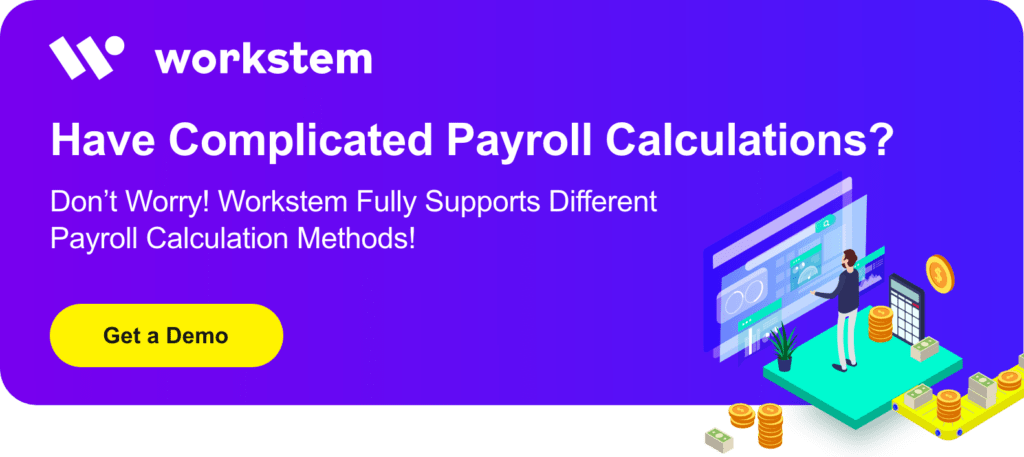Under the Employment Ordinance, an employer can offset the Long Service Payment(“LSP”) or Severance Payment(“SP”) paid to an employee who is terminated with the accrued benefits derived from the employer’s contributions.
If the accrued benefits derived from the employer’s contributions cannot fully offset the LSP/SP, the outstanding balance must be paid to the employee by the employer. On the other hand, if the accrued benefits derived from the employer’s contributions exceed the amount of LSP/SP, the remaining balance after offsetting has to be retained in an employee’s account and is vested in him.
Example:
The amount of LSP the employee is entitled to is HK$50,000:
- when the amount of accrued benefits (employer’s portion) is HK$48,000, employer can offset HK$48,000 from account, and extra amount paid by employer in respect of the LSP is HK$2,000, that is HK$50,000 – HK$48,000 = HK$2,000
- when the amount of accrued benefits (employer’s portion) is HK$55,000, the employer does not need to make an extra payment. After offsetting, the remaining balance of 10,000 has to be retained in the employee’s account and is vested in the employee
Offsetting Procedures
LSP/SP paid to an employee: If an employer has already paid the LSP/SP to the employee in full, he/she may arrange with the trustee to withdraw the accrued benefits derived from the employer’s contributions from your account. The employer may ask the employee to acknowledge receipt of such payment in writing to facilitate his/her application for offsetting with the trustee.
LSP/SP not paid to an employee: If an employer has not yet paid any part of the LSP/SP to the employee, the employee may make an application in writing to the trustee directly to withdraw the accrued benefits derived from the employer’s contributions from their account. The trustee will require the employee to provide proof that they are entitled to LSP/SP and that such payment has not been paid to the employee by the employer.
Example:
Tim’s monthly salary is HK$15,000, and was recently dismissed after five years of employment and is entitled to a long service payment of HK$50,000 (i.e. HK$15,000 x 2/3 x 5 years).
If you start making MPF contributions in the first month, the amount of contribution in Tim’s MPF account is HK$45,000 (i.e. HK$15,000 x 5% x 12 months x 5 years).
As a one-stop human resource management system, Workstem can keep employee files and MPF contribution history. It can calculate the employee’s years of service, LSP/SP, and the total amount of employer’s contribution to quickly determine whether it can meet the requirements of LSP/SP offsetting.
Read More:
How to Manage Employee’s MPF After the Termination of Employment?
As Layoffs Spread, How to Calculate Severance Payment or Long Service Payment to Employees?
How to Legally Terminate Employees When the Business is Slumping?

(The content and information in this article are for reference only. The accuracy and reliability of the information are subject to the latest government regulations. If you want to reprint the article or content, please contact us first or attach a link to this article, and indicate the source of reprint.)







![[418 Guide] Ordinance 418 And Continuous Contract](https://www.workstem.com/wp-content/uploads/2023/08/Untitled-design-min-350x220.png)